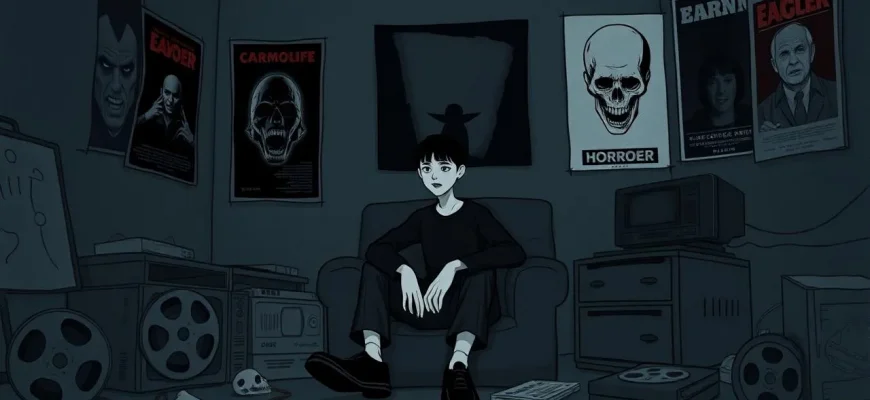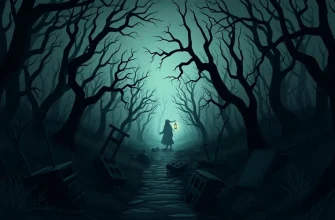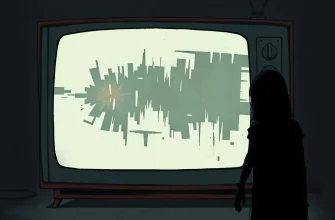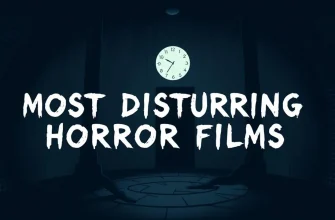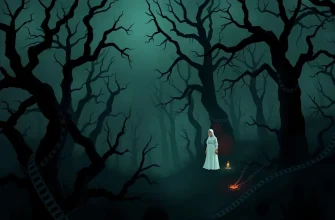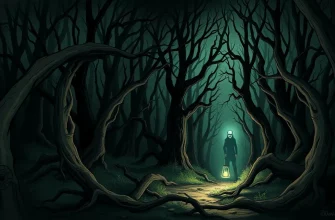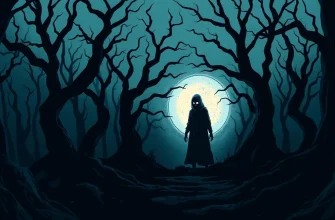Are you ready to test your mettle with some of the most terrifying films ever made? This collection is not for the faint-hearted. Each film has been carefully selected to push the boundaries of fear, offering a mix of psychological horror, supernatural scares, and visceral terror. Whether you're a seasoned horror aficionado or a newcomer looking to prove your bravery, these films will challenge your courage and leave you questioning what lurks in the shadows.
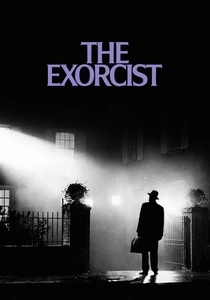
The Exorcist (1973)
Description: Often hailed as the scariest movie ever made, "The Exorcist" delves into the demonic possession of a young girl, pushing the limits of what horror can be. Its realistic portrayal of exorcism and the psychological terror it induces make it a must-watch for those daring enough to confront the darkness within.
Fact: The film was so terrifying that it was reported to have caused audience members to faint, vomit, or leave the theater in distress. It was also nominated for 10 Academy Awards, winning two.
 Watch Now
Watch Now 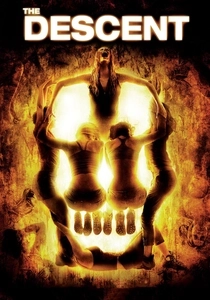
The Descent (2005)
Description: This British horror film traps a group of women in a cave system with monstrous creatures, turning a spelunking trip into a nightmare. Its claustrophobic setting and relentless tension make it a harrowing experience for the brave.
Fact: The film's creatures, known as Crawlers, were designed to evoke primal fear, with their appearance based on human evolution gone wrong. The movie has two different endings, one for the UK and one for the US market.
 Watch Now
Watch Now 
The Babadook (2014)
Description: "The Babadook" is not just a horror film; it's a profound exploration of grief and motherhood. The titular monster represents the darkest fears and anxieties, making this film a psychological horror that lingers long after the credits roll.
Fact: The film was initially banned in some countries due to its intense themes. It has since become a cult classic, with the Babadook character becoming an internet meme for its representation of depression.
 Watch Now
Watch Now 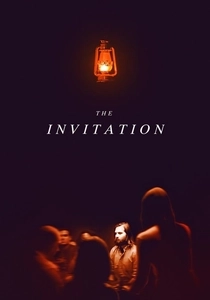
The Invitation (2015)
Description: "The Invitation" is a slow-burn thriller that builds tension through social unease and paranoia at a dinner party. Its exploration of grief, trust, and the unknown makes it a psychological horror that will keep you on edge.
Fact: The film was shot in sequence to capture the natural progression of the characters' emotions. It was also inspired by real-life events, including the director's own experiences with grief.
 Watch Now
Watch Now 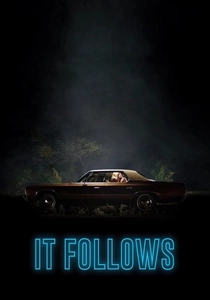
It Follows (2014)
Description: "It Follows" introduces a unique horror concept where a sexually transmitted curse manifests as an entity that relentlessly pursues its victims. Its blend of teen drama with existential dread makes it a modern horror classic for those with nerves of steel.
Fact: The film was shot in Detroit, using many abandoned locations to enhance its eerie atmosphere. The entity's slow, deliberate pace was inspired by dreams where the dreamer feels pursued but can't escape.
 Watch Now
Watch Now 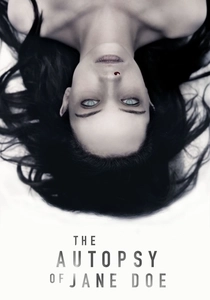
The Autopsy of Jane Doe (2016)
Description: What starts as a routine autopsy quickly spirals into a supernatural horror as two coroners uncover the secrets of an unidentified woman's body. Its blend of medical realism with supernatural elements creates a uniquely terrifying experience.
Fact: The film was shot in a real morgue to add authenticity to the setting. The actress playing Jane Doe, Olwen Catherine Kelly, had to remain motionless for hours, contributing to the film's eerie atmosphere.
 Watch Now
Watch Now 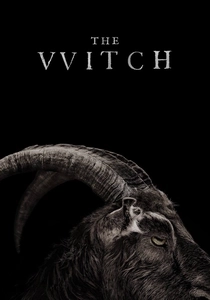
The Witch (2015)
Description: Set in 1630s New England, "The Witch" is a folk horror film that delves into the paranoia and isolation of a Puritan family. Its unsettling atmosphere and the creeping dread of witchcraft make it a chilling experience for those brave enough to watch.
Fact: The film was shot entirely on location in a remote forest, with the cast and crew living in period-appropriate conditions to enhance authenticity. It received widespread critical acclaim for its historical accuracy and atmospheric tension.
 Watch Now
Watch Now 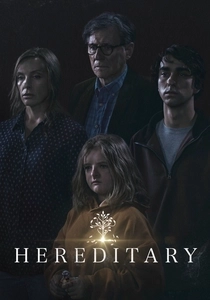
Hereditary (2018)
Description: Ari Aster's directorial debut, "Hereditary," explores the dark legacy of a family haunted by its past. With its slow-burn approach to horror, it builds an atmosphere of dread that culminates in some of the most shocking scenes in modern horror cinema.
Fact: The film's ending was so disturbing that some theaters reportedly had to provide counseling services for viewers. Toni Collette's performance was widely praised, earning her a nomination for Best Actress at the Independent Spirit Awards.
 Watch Now
Watch Now 
The Orphanage (2007)
Description: A Spanish horror film that delves into the supernatural, "The Orphanage" follows a woman who returns to her childhood home, now an orphanage, to uncover dark secrets. Its emotional depth and haunting visuals make it a compelling watch for those brave enough to face the ghosts of the past.
Fact: The film was produced by Guillermo del Toro, who was so impressed by the script that he decided to help bring it to life. It was Spain's official selection for the Best Foreign Language Film at the 81st Academy Awards.
 30 Days Free
30 Days Free 
The Wailing (2016)
Description: This South Korean horror film mixes folklore with modern-day detective work, creating a complex narrative about a mysterious illness and a potential demonic presence. Its blend of horror, mystery, and cultural elements makes it a unique and terrifying experience.
Fact: The film was a box office hit in South Korea, becoming one of the highest-grossing films of the year. It was also praised for its intricate plot and the way it weaves traditional beliefs into a contemporary setting.
 30 Days Free
30 Days Free 
